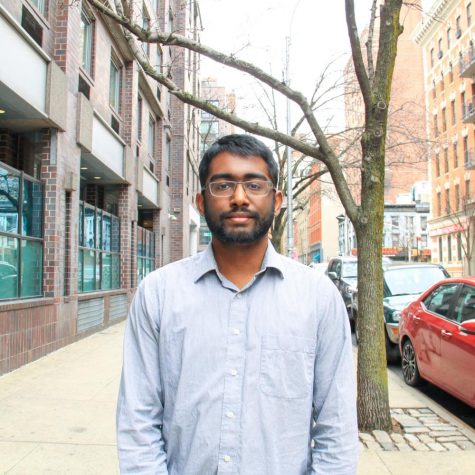There is more than one way to tell a story. In the age of digital resources, social media and streaming, it is imperative that this notion is not just begrudgingly acknowledged or accepted, but embraced. It is evident that prominent print publications, like The New York Times and The Washington Post, as well as college publications, including our own Washington Square News, have gradually come to accept new and interactive ways of bringing their articles to life. However, there is a lot of improvement needed in the digital space due to a somewhat understandable adherence to print and a baffling lack of prioritization of digital content.
Videos, podcasts, photo series, interactive sites, social media — they are all storytelling formats that allow a writer to express themselves and their subjects in ways that are not confined by pen and paper.
First, let us discuss the essence of a digital story, whether it be something told through audio, video or perhaps even entirely through social media, i.e. a Facebook post or Instagram story. It is just a different medium in which a writer can put together a piece. I especially look to companies like Vice, Great Big Story and BuzzFeed that have done a wonderful job of embracing the fusion of different forms, and trying to tell unconventional stories in unconventional ways. Their short or long-form documentaries exemplify how restrictions on storytelling methods need to be abolished. Vice has even started a TV channel, surpassing expectations.
That is not to say print publications are actively against producing digital content — nor am I advocating against text-only pieces. But I do think there needs to be more encouragement starting in pitch meetings, where a writer has to consider alternative, and potentially superior, options for delivering their piece.
In the digital age, we find ourselves in a very fortunate position: there is an explosion of options that we can experiment with, but it can be daunting to consider them all. Considering how much time, effort and stress it takes just to put out written content, how much more difficult will it be to produce stories in mediums some journalists may have barely dabbled in? As a screenwriter, director, editor and producer, I know the extent to which it takes to pull off a quality film. That is not to undermine the difficulty of writing a quality article, but the approach and scheduling needed for both could not be more different.
Take a book and its film adaptation. The stories could be similar, but the way in which the author and director are bringing said story to life is entirely different. Trying to compare the two can be futile, so why can’t the same be said for a written story or a video story? They both have their merits, and I am simply more interested in expanding the storytelling options than limiting ourselves to what we already know. Let us experiment, risk our time and resources to try to create something new and engage our audiences in different ways.
As opposed to the hierarchical perspective, we should view building digital content like developing newspapers. I imagine a world in which college publications — including WSN — have built an extensive infrastructure made exclusively for digital stories. A digital piece, even if it is just video, should be accessible to every section of a publication without requiring a written up counterpart. For example, the New York Times has even found a way to digitize the opinions section with its Op Docs.
These new mediums are not only here to add on to existing stories. When an article is written for publication and a video is made to accompany the article to tell the same story again, nothing new is being added to the conversation. We should recognize the potential of these new resources and continue to stretch the possibilities of what it means to be a newspaper in the modern era.
I am a Dramatic Writing major in Tisch, so I am often in conversations about the changing landscape of entertainment — especially in television — due to the streaming boom and introduction of VR and AR technology. Even before this, there came a time when creators had to also decide on other mediums, such as animation or distribution platforms. Transitioning these conversations to journalism, to a certain extent we are already seeing how certain companies are changing the game. I would then extend this discussion to college journalism — and, dare I say, let it dominate our mindsets — especially considering our primary audience is made up of students who are most likely to interact with these new forms.
I don’t think journalism is dying, but I do think it is evolving in unforeseen ways and that could be making people uncomfortable. Change is not easy, but it is necessary. It’s the story at heart that should be most pertinent to the writer. But I advocate that publications, and, again, this is a cry to the publication that I work for as well, also reconsider the medium in which they work to tell these stories.
This article is part of a special series from WSN called “The Future of Journalism,” in which the Opinions Desk plans to explore the future of the journalism industry in the current political and social climate, as well as try to gain a better understanding of how we can prepare our future journalists for the field.
Opinions expressed on the editorial pages are not necessarily those of WSN, and our publication of opinions is not an endorsement of them.
Email Guru Ramanathan at [email protected].
























































































































































